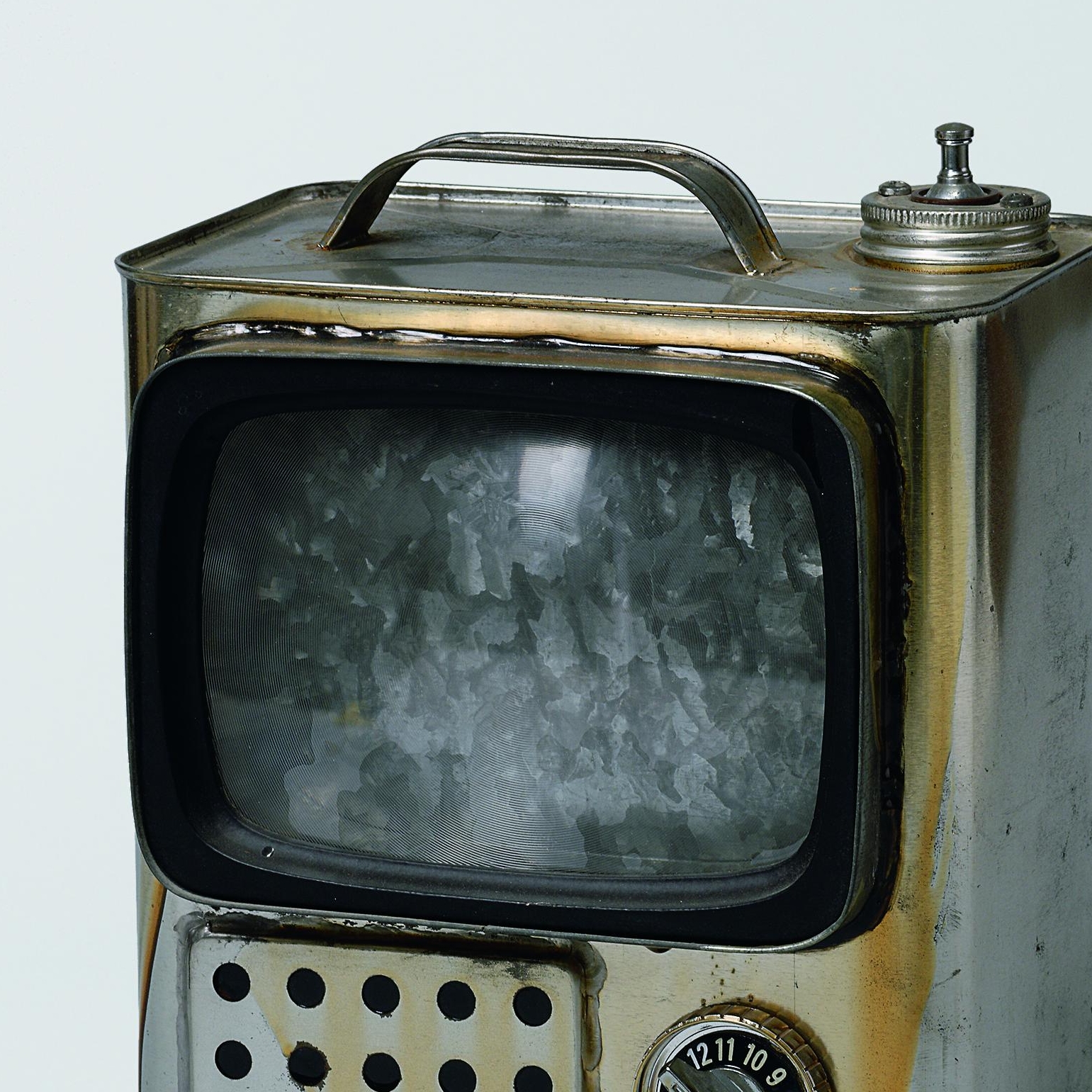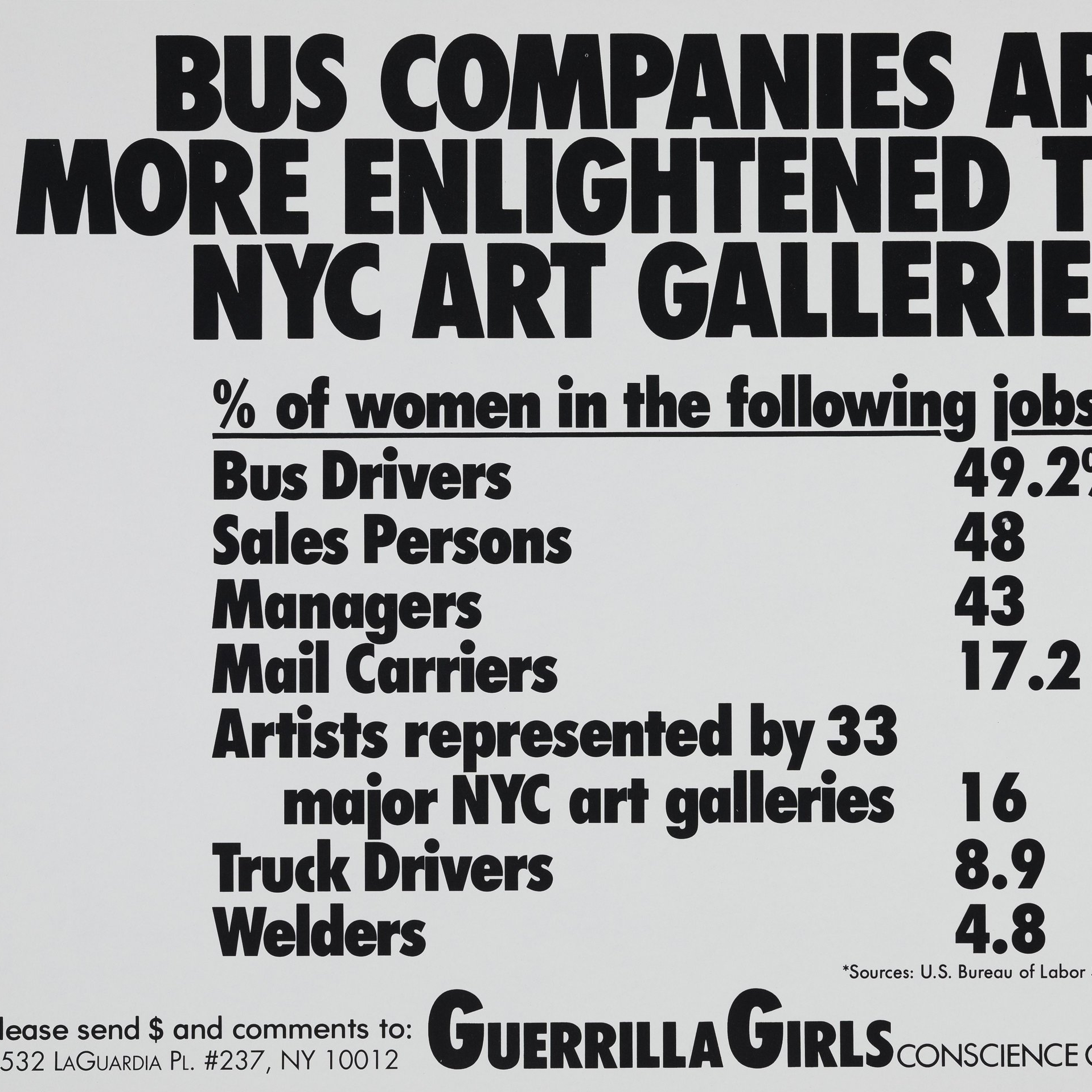Art is labor. Like the clothes in a department store, the works of art that hang on the walls of a museum were made by someone. That much seems self-evident, but like the “Made in Vietnam” tags on our t-shirts, the labels in a museum do not give us the names of everyone involved in the making of an artwork. As with commercial goods, the labor that goes into producing a work of art is most often obscured from the viewer. This obscured labor—the labor of those whose names do not appear on an object’s label—is in some cases performed by people who are disenfranchised along divisions of gender, class, nation, and race.
Through three sets of two works of art paired in dialogue and one standalone print, each drawn from the Hood Museum of Art’s collection, The Labor of Art: From Sol LeWitt to the Guerrilla Girls deconstructs the myth of the independent, solitary artist, and explores issues of production overlooked when the history of art focuses solely on the artist’s hand: gender hierarchies in authorship, artists who appropriate the labor of others, and class differences between artists and the working class. When we see the labor of art, the inner workings of social and institutional structures become apparent, and reveal important insights into the hierarchy of social groups within our globalized contemporary world.





